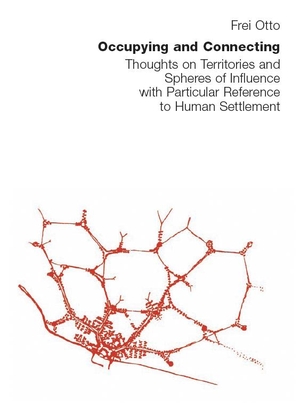Für statistische Zwecke und um bestmögliche Funktionalität zu bieten, speichert diese Website Cookies auf Ihrem Gerät. Das Speichern von Cookies kann in den Browser-Einstellungen deaktiviert werden. Wenn Sie die Website weiter nutzen, stimmen Sie der Verwendung von Cookies zu.
Cookie akzeptieren
Otto Frei
Occupying and Connecting
- Edition Axel Menges GmbH
- 2008
- Taschenbuch
- 112 Seiten
- ISBN 9783932565113
Cities, estates and routing systems develop, change constantly and fundamentally cannot be planned. Claims to ownership, land and building regulations, planning decisions and political interventions make it difficult for settlement structures to adapt to constantly changing requirements to such an extent that meaningful and totally ecological use of the surface of the earth is becoming increasingly difficult, although new techniques and flexible planning models mean that a connection could be found with the self-designing processes of urban-development history. Plants are anchored in their location on the face of the earth, animals and human beings have mobile territory and encampments that become static with increasing density. Human
Mehr
Weniger
zzgl. Versand
Auf Lager